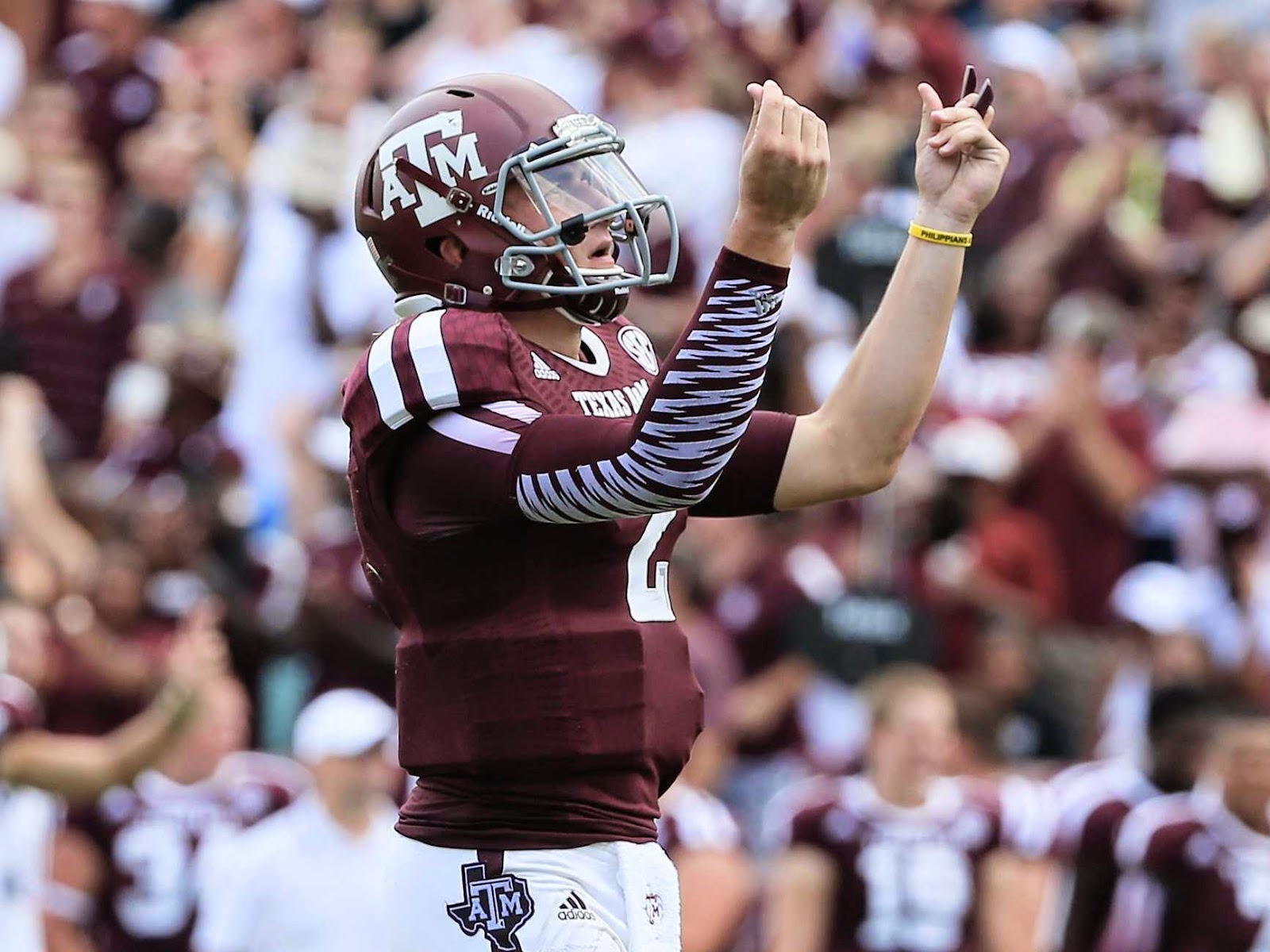In his post on this topic, Bryan went in depth into the guaranteed scholarships that are (hopefully) on their way to becoming the norm in revenue-producing college sports. What I want to focus on are the other revenue streams that could possibly be putting cash in players' pockets during the next decade: stipends and video game licensing funds.
Stipends (also called "full cost of attendance" scholarships) were the main issue on the table at the NCAA Board of Directors' meeting earlier this month at which the board decided to grant the five major conferences autonomy to make their own decisions on certain key issues. The Power 5 schools -- awash in cash as they are from lucrative television contracts in football and men's basketball -- wanted the power to grant stipends because they can afford to. To schools in the NCAA's other five Division I football conferences, on the other hand, that extra $2K-$5K per-year-per-athlete hurts.
Add on top of that the reality that video game revenues are inevitably going to favor the Power 5 schools over their less prosperous brethren.
According to this month's O'Bannon ruling, schools (or conferences, more likely) that successfully negotiate with video game manufacturers to use athletes' likenesses must make $5,000 available (again, per-year-per-athlete) to pay into a trust fund that athletes can access after their eligibility is exhausted.
So tell me who's going to get the better video game deal: the SEC or the Sun Belt?
With these new developments, a highly recruited high school senior considering scholarship offers from two schools -- one in the Power 5, the other not -- is up to $40,000 richer if he takes the Power 5 offer. Sounds like the end of parity in college football. Or at least that's what Bryan thinks.
I think not.
The reality is that there is next-to-zero parity in FBS football right now anyways, and there hasn't been any in a long time. Even the 2007 season -- which Bryan points to as an example of upset-filled football heaven -- contained just one game in which a top-10 team fell to a team outside the current Power 5 (it was Appalachian State). The rest of those so-called underdogs? They're getting the same cut of O'Bannon money that 'Bama is.
But what about App State? Forget about it. App State was just enough of a taste to convince football fans that anything can happen on the gridiron. Those same fans don't seem to have noticed that it's been seven years since App State won in the Big House -- seven years in which we haven't been able to forget that game because we haven't seen anything like it. In reality, App State is the exception that proves the rule.
That's why I think the impact of the two latest Pay-for-Play rulings is overstated: top recruits are flocking to Power 5 schools now just like they always have been (last year's ESPN 300 featured just one recruit who ended up committing to a non-Power 5 school).
Maybe, as has been speculated for years, some of these kids are getting money under the table. Or maybe they just want to play for the schools that have won every FBS national championship since 1985. Makes sense to me.
So, at the end of the day, the rich are getting a little bit richer. I'm not going to lose any sleep over it.
Photos courtesy of Wikipedia and Business Insider


No comments:
Post a Comment